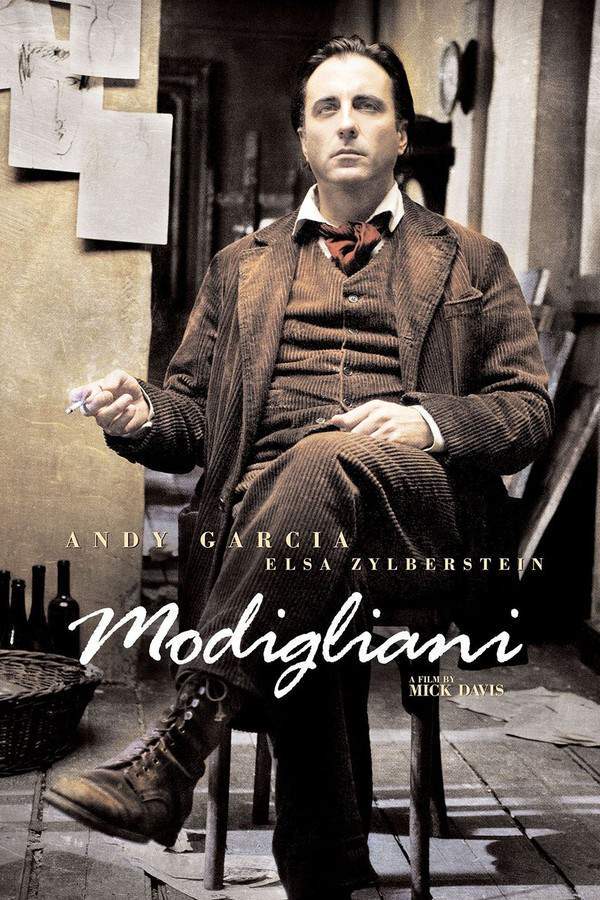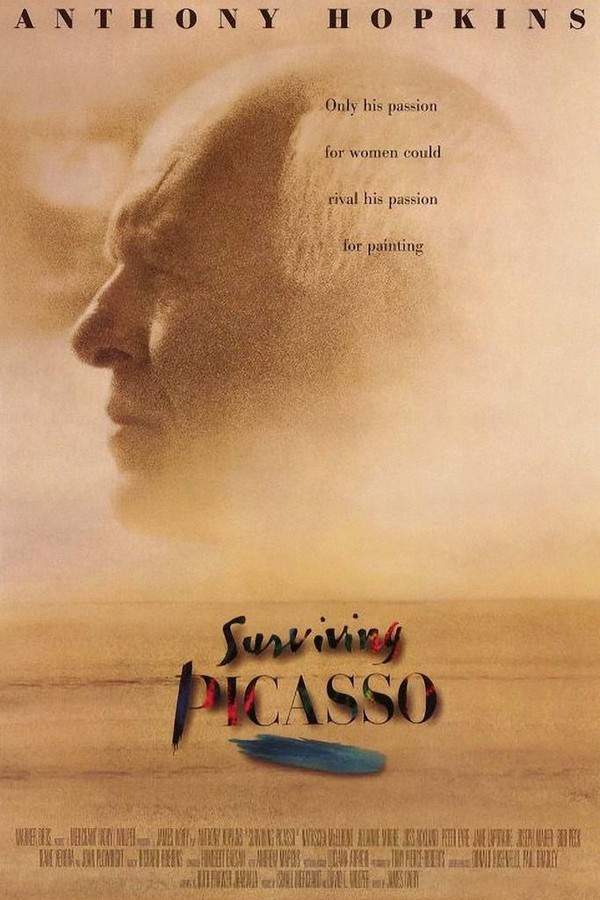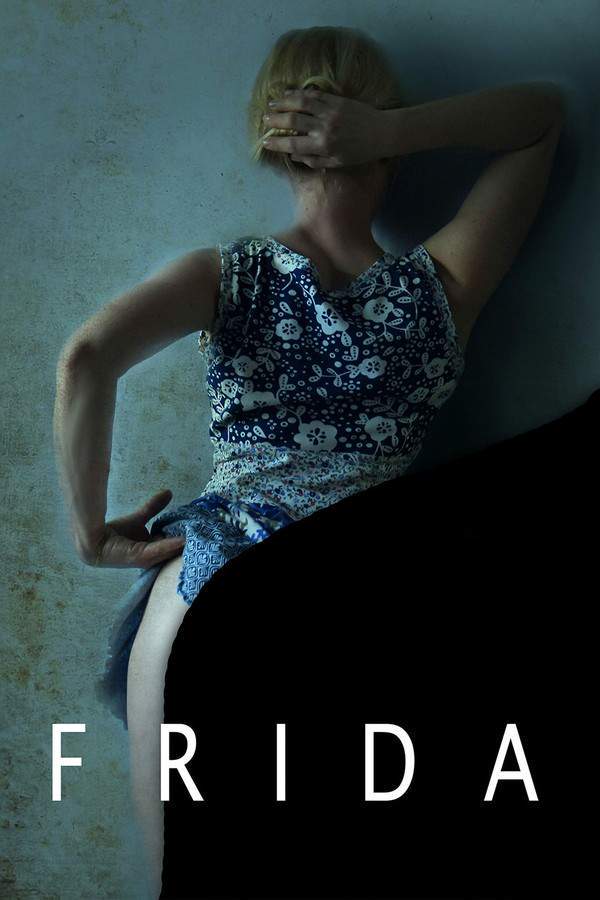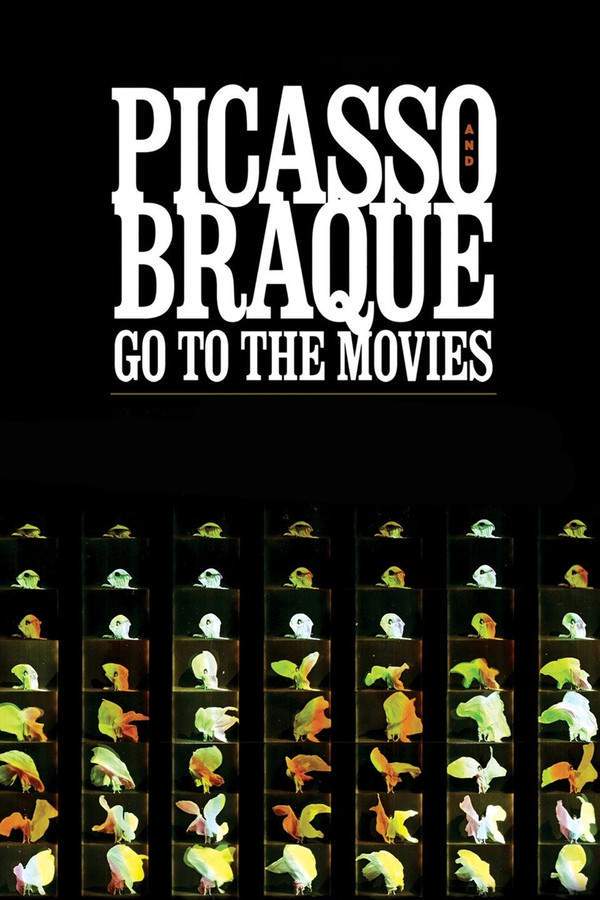
The Adventures of Picasso
Year: 1978
Runtime: 115 mins
Language: Swedish
Director: Tage Danielsson
Written by Hans Alfredson and Tage Danielsson, this farcical biopic portrays Pablo Picasso’s life with affectionate exaggeration, sketching his childhood, his artistic prime, and the final years before his death, while also weaving in assorted episodes from the intervening periods.
Warning: spoilers below!
Haven’t seen The Adventures of Picasso yet? This summary contains major spoilers. Bookmark the page, watch the movie, and come back for the full breakdown. If you're ready, scroll on and relive the story!
The Adventures of Picasso (1978) – Full Plot Summary & Ending Explained
Read the complete plot breakdown of The Adventures of Picasso (1978), including all key story events, major twists, and the ending explained in detail. Discover what really happened—and what it all means.
Art is a lie that leads us closer to the truth.
Pablo Picasso, portrayed by Gösta Ekman, anchors a film that reimagines his life with a playful, almost theatrical flair, guided by a narrator who introduces himself as Toivo Pawlo [toivo-pawlo]. The voiceover frames the story as a loosely woven voyage through art, memory, and fame, inviting viewers to peek behind the canvas and into the man behind the image.
The tale begins in Málaga, Spain, where Picasso’s father, Don Jose—an artist himself—displays an eye for talent when the young boy sculpts a figure of his father from food. As Pablo grows, his journey takes him to Madrid, where his gifts are recognized at the academy and later praised again when he returns home with a portrait of his mother, Dona Maria [Margaretha Krook]. The family happiness is shattered not by death but by a startling revival: at the funeral, Don Jose is revealed to be alive, while Dona Maria’s memory lingers tense and cold, punctuating a household already touched by a stubborn pride and bitterness.
From Madrid, Pablo travels to Paris, where he faces the harsh reality that his canvases don’t sell easily. A visit from his father brings more sorrow—the news that Dona Maria has died—and in a moment of improvisation, he uses an apple as a reference once more, a spark that helps birth a new approach, cubism. The daring display: using a fishing line to lower the painting from a window during a vernissage, the crowd erupts in a chorus of scandal and astonishment. Yet among the murmurs one guest sees something different and magnetic: the great writer Gertrude Stein (as a character here, with Bernard Cribbins voicing the role) who is in Paris with her companion Alice B. Toklas Wilfrid Brambell. The artwork, initially mocked, begins to capture the attention and curiosity of the Parisian art world.
Thus Picasso becomes a central figure in the city’s vibrant scene, rubbing shoulders with a gallery of friends and rivals in a montage of names that blur history and satire. The film invites a playful pastiche: the crowd includes famous figures and fictionalized ephemera alike, while a Swedish-American investor, Ingrid Svensson-Guggenheim Birgitta Andersson, arrives from New York with a keen eye for value and immortality. A masquerade organized in honor of Rousseau–a surreal gathering where guests dress as furniture—lands the party in a dreamlike, almost fairy-tale Paris, culminating with Henri Rousseau Lennart Nyman somehow leaping into the night as the violin carries the final note of the spectacle.
As Europe glances toward a looming war, the year 1914 ushers in a period of upheaval, followed by the tumult of 1918 and the hopeful, uneasy afterglow of a war’s end. Picasso’s world shifts again when his father invents a panacea that doubles as a joke about hair and identity, leaving Pablo with a famous bald look as he embarks on designing sets and costumes for a Russian ballet in London—an endeavor that falters in performance, even as Don Jose concocts snacks for the dancers and the performers break wind in the process.
Back in Paris, a new muse enters Picasso’s orbit: Sirkka, a Finnish singer who captivates him with a single tune—its popularity, however, turns hollow when he discovers the song is more a recipe than a melody. The artist and his father then head to New York, navigating Prohibition-era “underground” art, where Pablo delivers paintings to a mysterious Mrs. X who is revealed to be Ingrid Svensson-Guggenheim again in a different guise. A violent chase erupts as Picasso becomes entangled in a shootout with rivals and law enforcement. A coarse, blunt cop declares the moment a trial of art’s peril, and the courtroom drama devolves into a surreal, improvised trial where background players serve as jurors and Don Jose acts as Picasso’s defender. The electric chair fails to execute him, a sharp satire that ends with Grieg [Rolv Wesenlund], the somewhat comic electrician, accidentally triggering the escape route Picasso sketches on a wall.
The landscape of Europe darkens as fascist powers rise: Benito Mussolini, Adolf Hitler Magnus Härenstam, and Francisco Franco take control, and Don Jose joins the German army, later climbing the ranks to a grotesque, theatrical SS position in charge of Operation Ostrich. Picasso hides dissidents in his apartment during the war, a hidden world of resistance that survives the conflict until the victor’s praise is turned to adoration of a different regime. When the war ends, Don Jose sheds his old clothes for a French uniform, waving an American flag and singing the blues of a country he’s learned to adore for its promises.
Postwar life finds Picasso on the Riviera, where Dolores again returns into the picture—joined by her granddaughter, a moment that brings Lena Olin’s Dolores back into the artist’s orbit. The painter’s doves fly into a Cold War sky as he confronts the price of fame: his home becomes a museum, a public shrine that cannot be escaped, even as he drinks a final drop of the magical ink Dolores once offered. The moment of despair arrives as the signatures on Picasso’s paintings vanish—the Great Picasso crash—yet the film refuses to seal the myth. In the quiet after the storm, Picasso rises, bids farewell to his canvases, and fades into the wall, a final trick of a life spent in the limelight and the shadow of the image it created.
Last Updated: October 05, 2025 at 11:16
Unlock the Full Story of The Adventures of Picasso
Don't stop at just watching — explore The Adventures of Picasso in full detail. From the complete plot summary and scene-by-scene timeline to character breakdowns, thematic analysis, and a deep dive into the ending — every page helps you truly understand what The Adventures of Picasso is all about. Plus, discover what's next after the movie.
The Adventures of Picasso Timeline
Track the full timeline of The Adventures of Picasso with every major event arranged chronologically. Perfect for decoding non-linear storytelling, flashbacks, or parallel narratives with a clear scene-by-scene breakdown.

Similar Movies to The Adventures of Picasso
Discover movies like The Adventures of Picasso that share similar genres, themes, and storytelling elements. Whether you’re drawn to the atmosphere, character arcs, or plot structure, these curated recommendations will help you explore more films you’ll love.
Explore More About Movie The Adventures of Picasso
The Adventures of Picasso (1978) Scene-by-Scene Movie Timeline
The Adventures of Picasso (1978) Movie Characters, Themes & Settings
The Adventures of Picasso (1978) Spoiler-Free Summary & Key Flow
Movies Like The Adventures of Picasso – Similar Titles You’ll Enjoy
Modigliani (2005) Spoiler-Packed Plot Recap
Surviving Picasso (1996) Spoiler-Packed Plot Recap
Frida (2002) Movie Recap & Themes
Picasso and Braque Go to the Movies (2010) Movie Recap & Themes
Hitler Versus Picasso (2018) Plot Summary & Ending Explained
Pablo Picasso: The Legacy of a Genius (1981) Movie Recap & Themes
Picasso (1985) Movie Recap & Themes
The Mystery of Picasso (1956) Detailed Story Recap
A Visit to Picasso (1950) Movie Recap & Themes
The Picasso Summer (1969) Story Summary & Characters
The Art of Love (1965) Complete Plot Breakdown
Never Met Picasso (1996) Film Overview & Timeline
Picasso (1954) Plot Summary & Ending Explained
Picasso and Braque Go to the Movies (2008) Plot Summary & Ending Explained
Picasso: A Rebel in Paris - Story of a Life and a Museum (2023) Spoiler-Packed Plot Recap

















